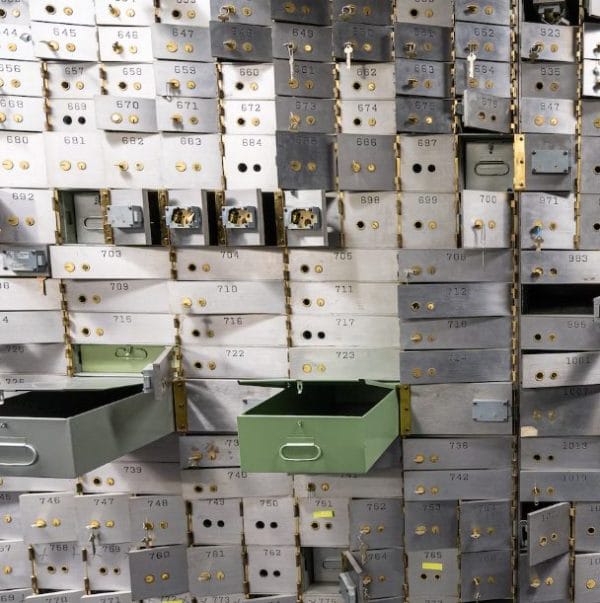The inflation and recession relationship
In the vast landscape of economic phenomena, two terms often dominate discussions: inflation and recession. While they may seem distinct, their interplay significantly influences global financial dynamics and everyday life. Inflation, the steady rise in the general price of goods, erodes the purchasing power of money, subtly taxing consumers without them always realizing. On the other hand, recessions, marked by sustained economic downturns, can reshape entire industries, employment landscapes, and national economies. Together, understanding these forces provides a lens to interpret past economic events, present challenges, and potential future scenarios.
Inflation can trigger a recession when consumers reduce spending significantly or if the Fed excessively hikes interest rates to control inflation, leading to reduced economic growth and business revenues.
Let’s dig in to each.

Causes of Inflation
- Policymakers increasing the money in the economy.
- A decrease in the production of goods and services.
- Increased frequency of money being spent on goods and services.
Impacts from Inflation
- Strain on the economy, consumers, and lenders.
- Reduced real incomes due to prices adjusting faster than wages.
- Borrowers benefit as their fixed debt’s real value drops; lenders face losses.
Inflation can push taxpayers into higher tax brackets, affecting credits, deductions, and exemptions. To counter this, tax provisions are often adjusted for inflation through indexing.
Recession
A recession is characterized by a marked and enduring downturn in economic activity, affecting industries, employment, and consumer confidence. While the technical definition often points to a period of decline lasting more than six months, the real-world implications of a recession can be felt for much longer. This period of economic contraction can be triggered by various factors, from external shocks to internal financial mismanagement. Even when the economy begins to show signs of revival, the aftermath of a recession can linger. Recovery is not just about regaining lost ground; it’s about restoring consumer and investor confidence, rebuilding industries, reinvigorating employment opportunities, and addressing any structural issues that might have contributed to the downturn. As a result, while the recession itself might last a few months, the journey back to robust economic health can span several years, with ripple effects touching almost every facet of society.
What Are Potential Signs of an Impending Recession?
The economy operates in a cycle of peaks and troughs, where economic conditions fluctuate between growth and contraction. These low points in the cycle are not necessarily recessions but become recessions when they are prolonged and serious.
A sustained reduction in Gross National Product (GDP – measures the combined value of goods and services produced by a country’s residents and businesses, regardless of where they are produced. This includes investments made by these residents and businesses, whether they are based domestically or abroad.), increased unemployment, or a decline in stock prices can all signal an impending recession. A recession in the United States is official when the National Bureau of Economic Research (NBER) declares the start—and eventually, end—of one. Their definition of a recession is “a significant decline in economic activity spread across the economy, lasting more than a few months, normally visible in real GDP, real income, employment, industrial production, and wholesale-retail sales.”
A common time frame used by economists and forecasters is two consecutive months of these conditions.
Historic Recessions
The United States has had a few memorable recessions. In recent memory, there was the two-month recession from the COVID-19 pandemic in early 2020. The memorable “Great Recession” lasted for 18 months from 2007-2009, caused mainly from the housing market crash.
In the beginning of the millennium, the dotcom bubble burst after the longest period of economic expansion in U.S. history and began an eight-month-long recession that ended with action from the Federal Reserve.
The most notable economic downturn in U.S. history, The Great Depression, was actually two particularly bad recessions back-to-back (1929-1933 and 1937-1938). The first was triggered by the Federal Reserve raising interest rates, the stock market crash, and bank failures, and eventually led to fiscal policy expansions such as President Franklin Roosevelt’s New Deal. The second recession was caused by Federal Reserve and Treasury action that contracted the money supply.
U.S. recessions go back to the Panic of 1797—a series of economic constrictions that also impacted Great Britain—and have occurred on a semi-regular basis ever since.
What’s the difference between Inflation and a Recession?
Inflation and recession are vital economic phenomena. While inflation denotes the decrease in the purchasing power of money due to rising prices, a recession represents a substantial decline in the economy over a sustained period. Both can have profound effects on individuals and businesses alike. Policymakers play a pivotal role in shaping these phenomena through their actions, be it increasing the money supply or adjusting interest rates. Understanding the causes, impacts, and historical instances of these events can help in making informed financial decisions and navigating economic uncertainties. Monitoring recent news and economic trends is essential to gauge the current economic climate.
Image Credit: Unsplash | @jasonpofahlphotography
